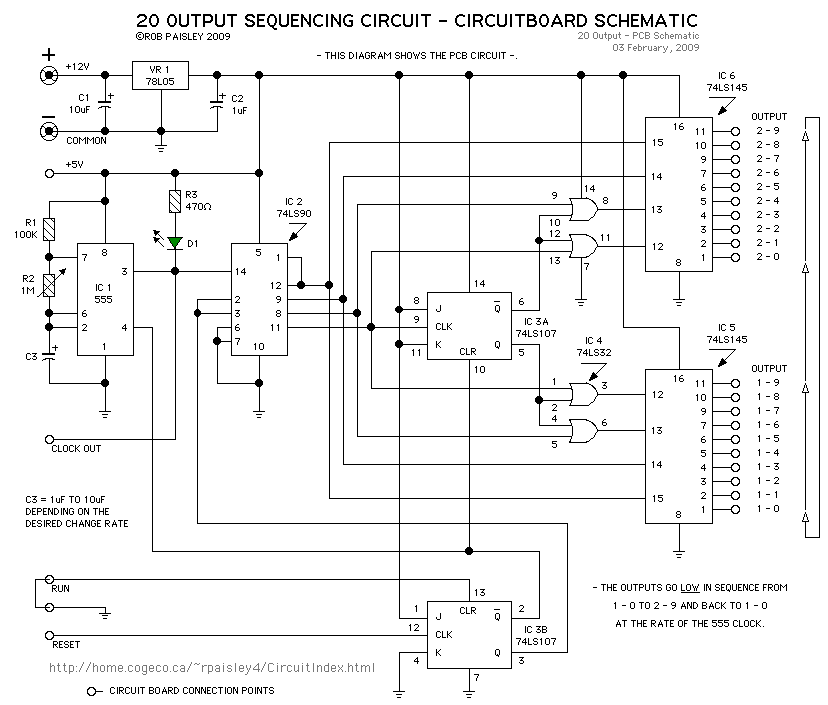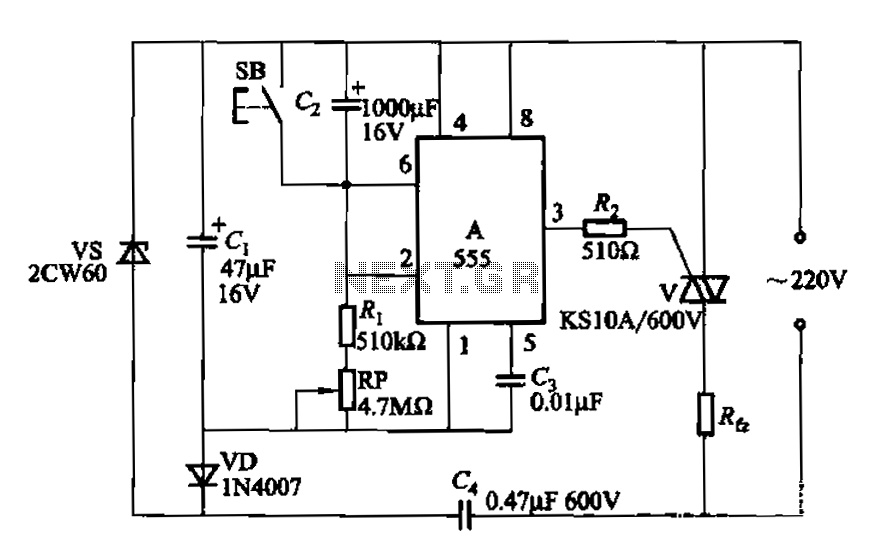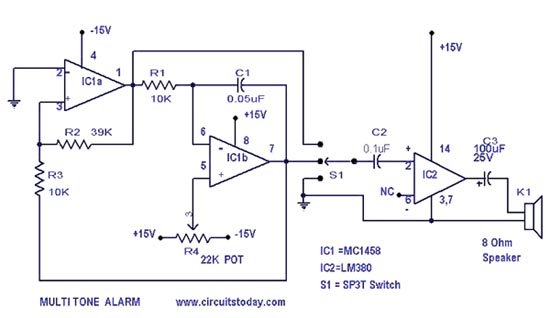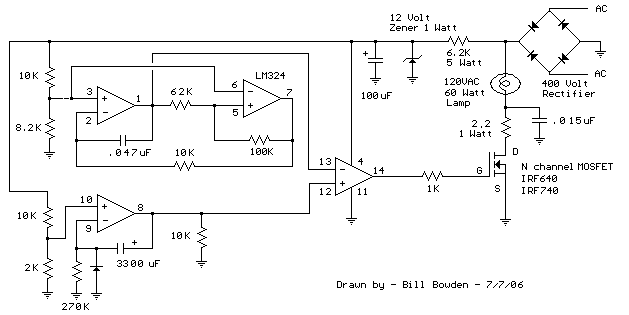
LED flashing with 3909 IC circuit

This project uses a 3909 IC and a few other parts; power is 1.5 volts DC.
The project employs the 3909 integrated circuit (IC), which is a versatile component commonly used in various electronic applications, particularly in timer and oscillator configurations. The 3909 IC operates efficiently at a low voltage of 1.5 volts DC, making it suitable for battery-powered circuits.
In a typical application, the 3909 can be configured to function as a timer, allowing for precise control of timing intervals. This IC features multiple pins, including those for power supply, ground, and various output configurations. The circuit may include passive components such as resistors and capacitors, which are essential for setting the timing characteristics of the IC.
For instance, the timing interval can be adjusted by changing the values of the resistors and capacitors connected to the timing pins of the 3909. A larger capacitor will generally increase the timing period, while a smaller one will decrease it. Resistors in series or parallel with these capacitors will also affect the charge and discharge cycles, thus influencing the overall timing behavior of the circuit.
The power supply of 1.5 volts DC can be derived from standard batteries, such as AA or AAA cells, ensuring portability and ease of use. The circuit design should include appropriate bypass capacitors near the power supply pins of the IC to filter out noise and provide stability during operation.
Overall, this project with the 3909 IC offers a straightforward yet effective way to implement timing functions in various electronic applications, with a focus on low-power consumption and simplicity.This project uses a 3909 IC and a few other parts; power is 1.5 volts DC. 🔗 External reference
The project employs the 3909 integrated circuit (IC), which is a versatile component commonly used in various electronic applications, particularly in timer and oscillator configurations. The 3909 IC operates efficiently at a low voltage of 1.5 volts DC, making it suitable for battery-powered circuits.
In a typical application, the 3909 can be configured to function as a timer, allowing for precise control of timing intervals. This IC features multiple pins, including those for power supply, ground, and various output configurations. The circuit may include passive components such as resistors and capacitors, which are essential for setting the timing characteristics of the IC.
For instance, the timing interval can be adjusted by changing the values of the resistors and capacitors connected to the timing pins of the 3909. A larger capacitor will generally increase the timing period, while a smaller one will decrease it. Resistors in series or parallel with these capacitors will also affect the charge and discharge cycles, thus influencing the overall timing behavior of the circuit.
The power supply of 1.5 volts DC can be derived from standard batteries, such as AA or AAA cells, ensuring portability and ease of use. The circuit design should include appropriate bypass capacitors near the power supply pins of the IC to filter out noise and provide stability during operation.
Overall, this project with the 3909 IC offers a straightforward yet effective way to implement timing functions in various electronic applications, with a focus on low-power consumption and simplicity.This project uses a 3909 IC and a few other parts; power is 1.5 volts DC. 🔗 External reference





